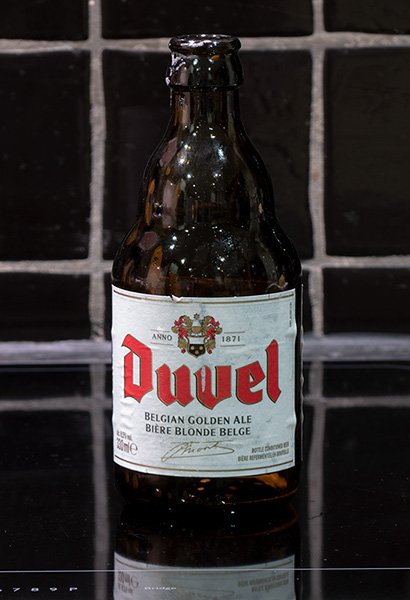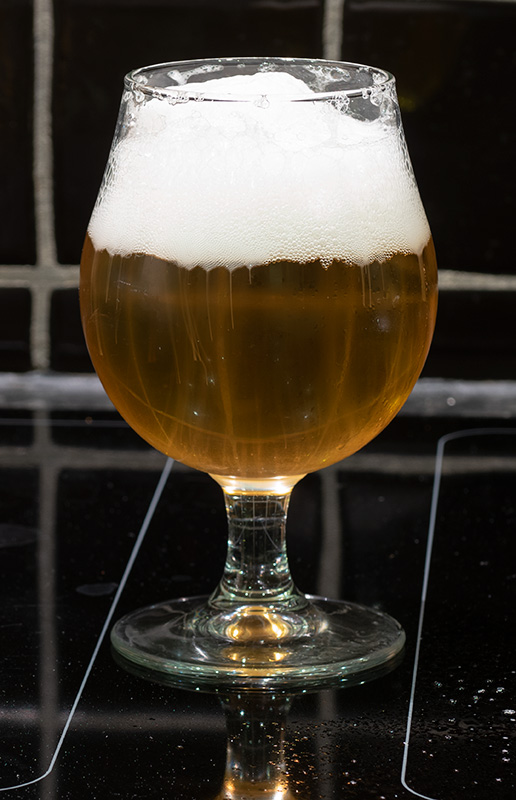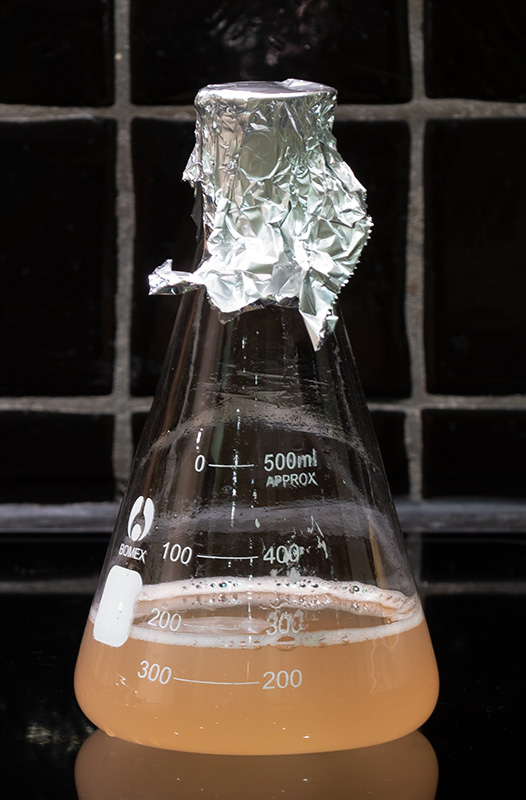Couple of questions for you @foxbat , just curious:
With your starters you overbuild it when you open the pack, right? But then do you split that into 4 or so, and so this latest stage is just reinvigorating a portion of that stored yeast? Or are you continuously harvesting and re-pitching, harvesting and re-pitching?
And how do you find Galaxy? I recall you also used it in a lager a while back. I've read it can be quite harsh. I've only used it once, in a hazy, and that was certainly quite bitter initially, though I can't say conclusively it was the Galaxy. I've still got a load left (leaf, not pellets, about half a pack though I think) and can't figure out how best to use them. Any suggestions how to get the most out of it?
Cheers
With your starters you overbuild it when you open the pack, right? But then do you split that into 4 or so, and so this latest stage is just reinvigorating a portion of that stored yeast? Or are you continuously harvesting and re-pitching, harvesting and re-pitching?
And how do you find Galaxy? I recall you also used it in a lager a while back. I've read it can be quite harsh. I've only used it once, in a hazy, and that was certainly quite bitter initially, though I can't say conclusively it was the Galaxy. I've still got a load left (leaf, not pellets, about half a pack though I think) and can't figure out how best to use them. Any suggestions how to get the most out of it?
Cheers




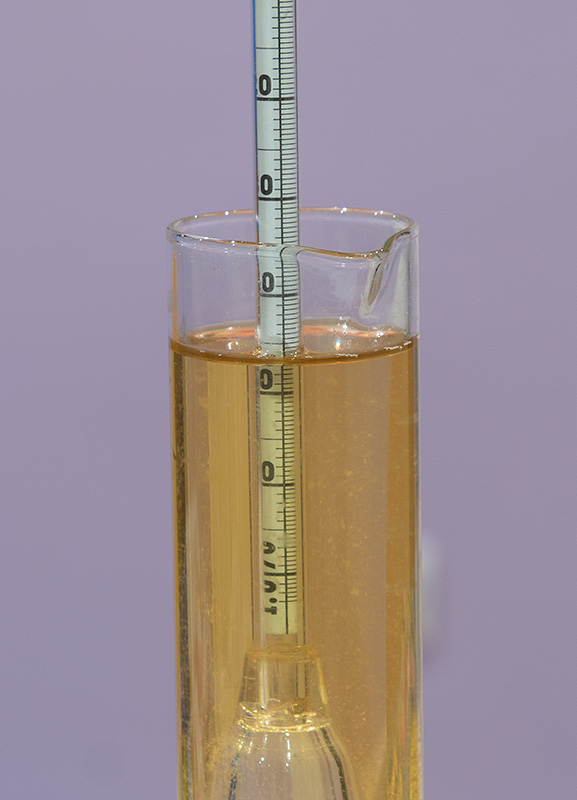





































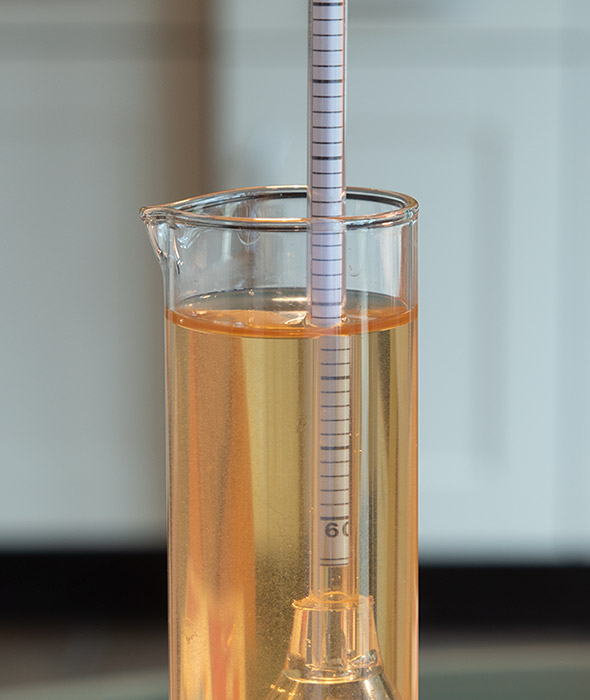
 . You can see it in the post-brewday
. You can see it in the post-brewday 


